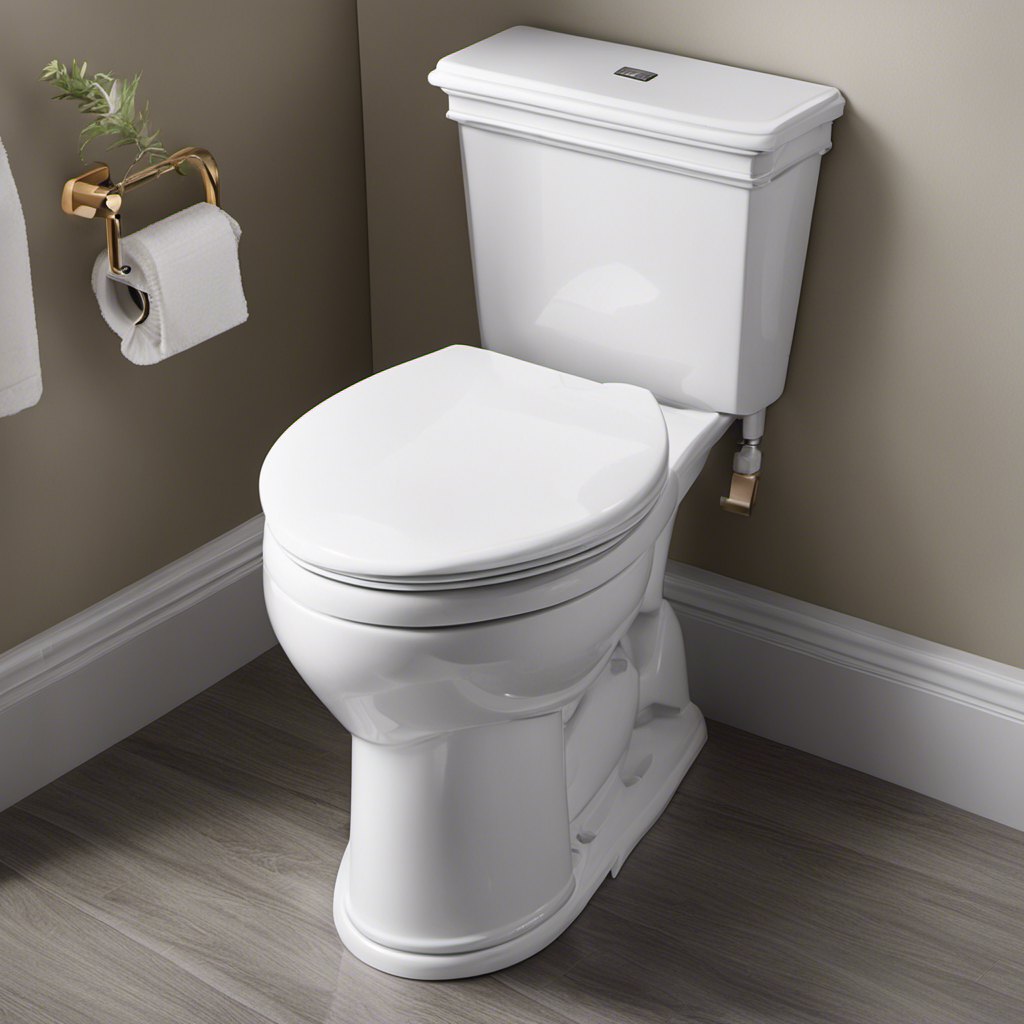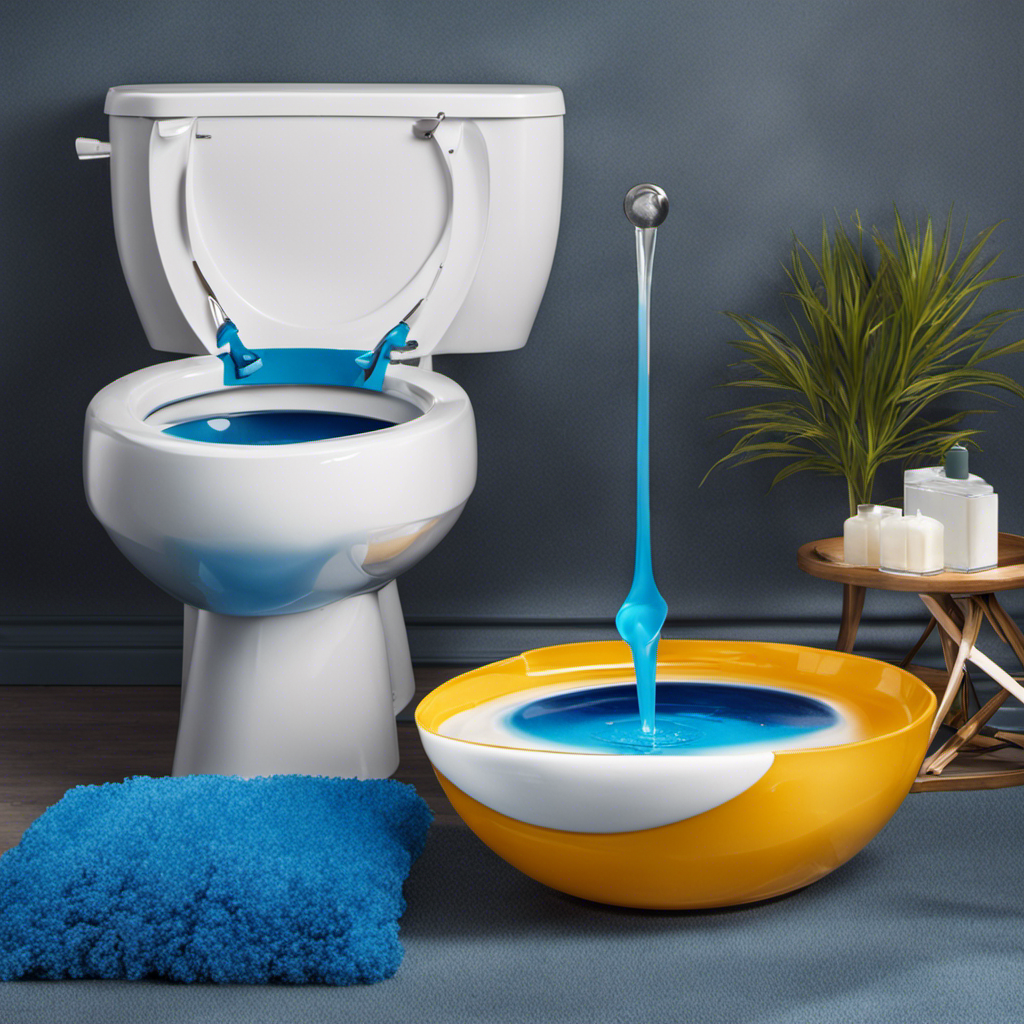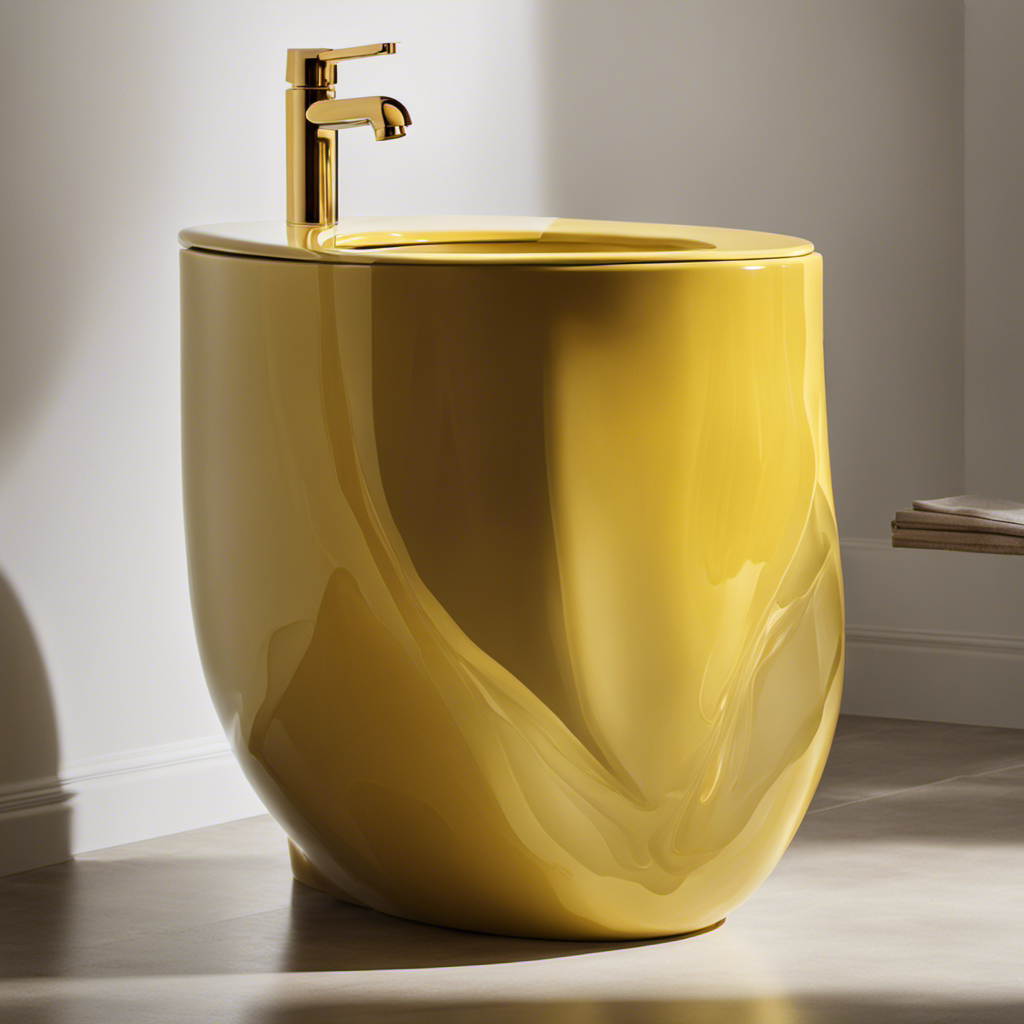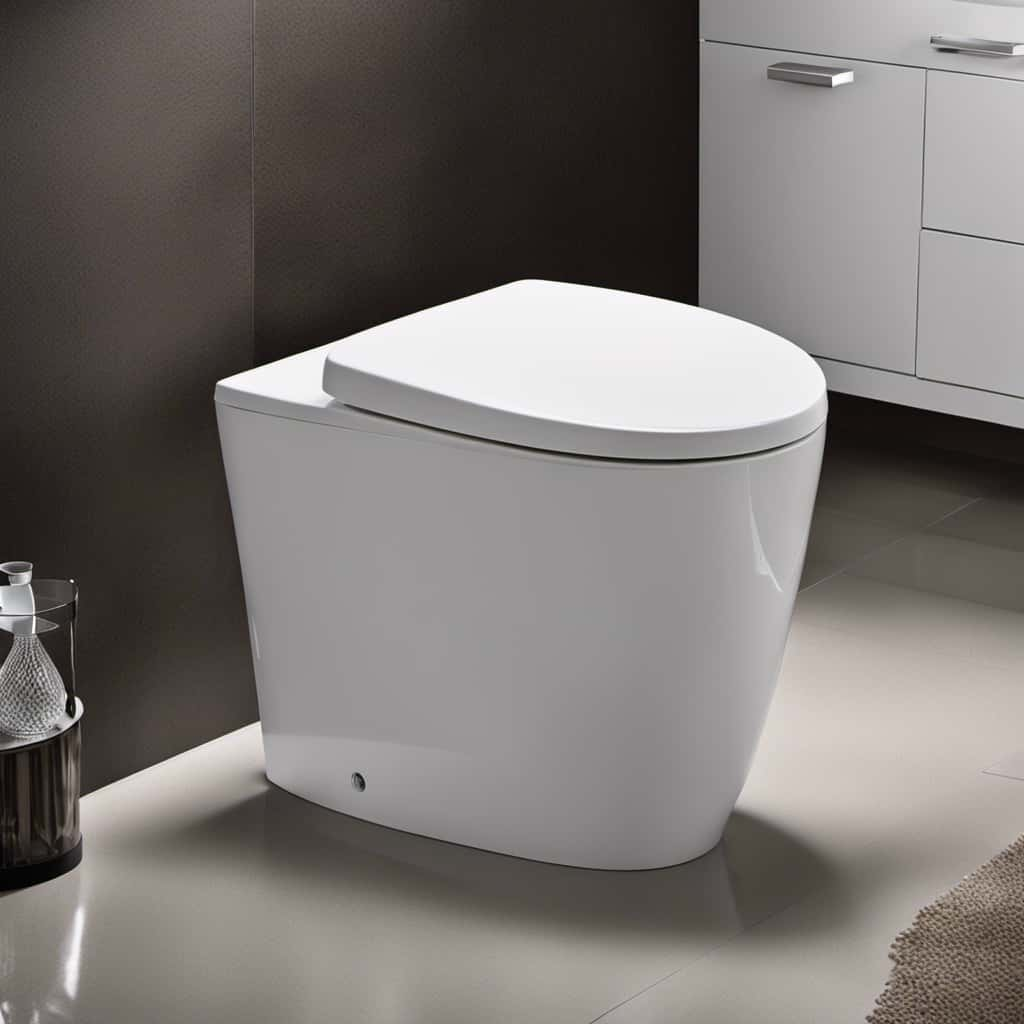Why won’t my toilet flush all the way?
It can be frustrating and inconvenient when your toilet doesn’t perform its main function properly. In this article, I will provide you with expert tips and troubleshooting steps to identify and resolve the issue of incomplete flushing.
From common causes to possible solutions, I will guide you through the process of ensuring a complete flush and preventing recurring problems.
Let’s dive into the technical details and get your toilet flushing perfectly again.
Key Takeaways
- Clog in the pipes, excessive toilet paper usage, flushing foreign objects, and buildup of debris can cause incomplete flushing.
- To identify a partial flush problem, check the water level in the toilet bowl, conduct a test with a bucket of water, and use a plunger or toilet auger to clear a potential clog.
- Troubleshooting steps for resolving inadequate flushing include checking the water level in the toilet bowl, ensuring the water supply valve is fully open, and contacting a plumber for water pressure issues.
- Possible solutions for ensuring a complete flush include adjusting the water level in the tank, cleaning the flush holes under the rim of the toilet bowl, using a toilet brush or wire hanger to remove mineral deposits and debris, and ensuring there is enough water in the tank before flushing.
Common Causes for Incomplete Flushing
One common reason your toilet won’t flush all the way is if there’s a clog in the pipes. When there’s a clog, it obstructs the flow of water from the toilet bowl to the sewer line, resulting in incomplete flushing.
Clogs can occur due to various reasons, such as excessive toilet paper usage, foreign objects being flushed down the toilet, or a buildup of debris over time.
Another factor that can affect flushing is water pressure. If the water pressure in your plumbing system is low, it may not provide enough force to clear the clog and fully flush the toilet. In such cases, it’s important to address the clog and potentially increase the water pressure to ensure proper flushing.
How to Identify a Partial Flush Problem
Identifying a partial flush problem can be done by checking the water level in your toilet bowl. If the water level is low, it could indicate that there is not enough water entering the bowl during the flush. This can be caused by a variety of issues, including a faulty or worn out toilet flapper.
To confirm if the flapper is the culprit, you can conduct a simple test. Fill a bucket with water and pour it directly into the bowl. If the flush is successful, it means that the flapper is not allowing enough water to flow into the bowl during a regular flush.
Another potential cause of a partial flush problem is a clogged drain. In this case, you may need to use a plunger or a toilet auger to clear the blockage.
Troubleshooting Steps for Resolving Inadequate Flushing
To resolve inadequate flushing, check if the water level in the toilet bowl is low. A common cause of inadequate flushing is insufficient water in the bowl. If the water level is low, it may indicate a problem with the water pressure.
Low water pressure can prevent the toilet from flushing properly, as it relies on a sufficient amount of water to create the necessary force to remove waste. To address this issue, start by checking the water supply valve located behind the toilet. Ensure that it is fully open to allow maximum water flow.
If the valve is open and the water level is still low, it may be necessary to contact a plumber to assess and resolve any potential issues with the water pressure in your home.
Possible Solutions for Ensuring a Complete Flush
Make sure you check if there is enough water in the tank before attempting to flush the toilet. Insufficient water can lead to incomplete flushing and other issues with the flushing mechanism.
Here are some possible solutions for ensuring a complete flush:
-
Adjust the water level: Check the water level in the tank and adjust it if necessary. Most toilets have a fill valve that can be adjusted to control the water level.
-
Clean the flush holes: Over time, mineral deposits and debris can build up in the flush holes under the rim of the toilet bowl. Use a toilet brush or a wire hanger to clean these holes and improve water flow.
Expert Tips for Preventing Recurring Flush Issues
One way to prevent recurring flush issues is by regularly cleaning the flush holes under the rim of the toilet bowl.
Many people overlook this important step in toilet maintenance, leading to clogged or incomplete flushes.
It is a common misconception that the water flowing into the bowl during a flush is enough to keep the flush holes clean. However, over time, mineral deposits, bacteria, and other debris can build up and block these holes, affecting the effectiveness of the flush.
To avoid this, it is recommended to use a toilet brush and a mild cleaning solution to scrub the flush holes at least once a month.
Frequently Asked Questions
Can I Use Any Kind of Toilet Paper in My Toilet?
Yes, you can use any kind of toilet paper in your toilet. However, it is important to note that some toilet paper alternatives may be more flushable and better for your plumbing system. Proper toilet paper disposal methods should always be followed.
Is It Normal for My Toilet to Make a Gurgling Sound When Flushing?
It is not normal for a toilet to make a gurgling sound when flushing. The causes of toilet gurgling can vary, including issues with the venting system or a clog in the drain. Troubleshooting toilet gurgling requires identifying and resolving the underlying problem.
How Often Should I Clean My Toilet to Prevent Flushing Issues?
To prevent flushing issues, it is crucial to clean the toilet regularly. Neglecting maintenance can lead to a blocked toilet. Learn how to unclog a toilet and recognize the signs of a blockage.
Can a Clogged Drain Affect the Flushing Performance of My Toilet?
Yes, a clogged drain can definitely affect the flushing performance of my toilet. When the drain is blocked, it restricts the flow of water, resulting in lower toilet water pressure and incomplete flushing.
Are There Any Environmental-Friendly Alternatives to Traditional Toilet Flushing Systems?
There are water-saving options and composting toilets that offer environmentally-friendly alternatives to traditional flushing systems. These options can help conserve water and reduce waste, making them a sustainable choice for households.
Conclusion
After diagnosing and troubleshooting the common causes of incomplete flushing, it is crucial to find a suitable solution to ensure a complete flush.
By following the expert tips and implementing the necessary preventive measures, we can prevent recurring flush issues and keep our toilets functioning smoothly.
So, let’s dive into the world of plumbing, armed with knowledge and precision, and bid farewell to the days of a toilet that won’t flush all the way.
Let the rhythm of a perfectly functioning toilet flow through our homes!










